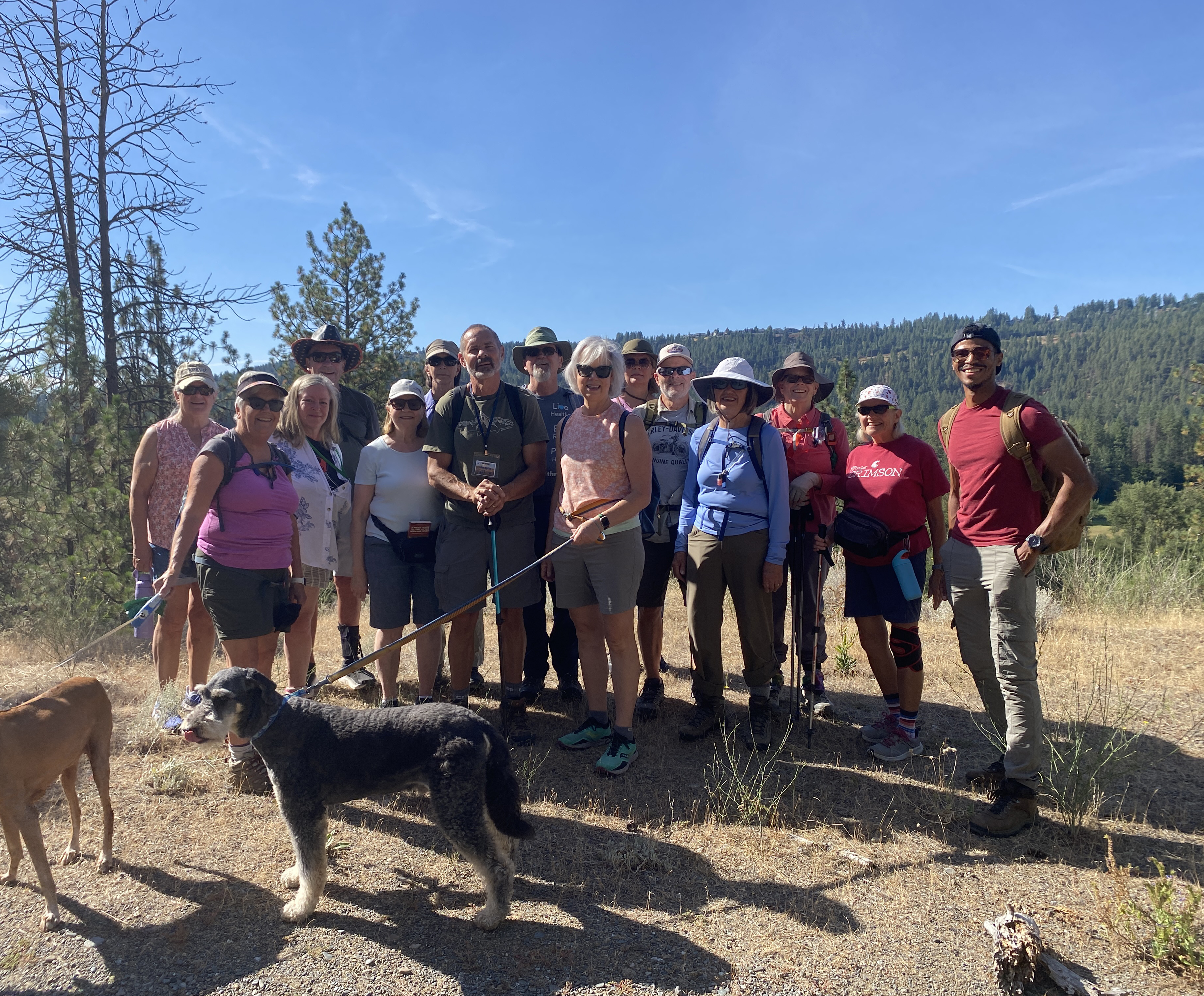Profiles in Giving
Wes Hanson
A wonderful way to support Inland Northwest Land Conservancy is to donate all or part of your retirement account’s “required minimum distribution” (RMD) to the Conservancy. Most IRAs call for RMDs when the owner turns 70½. This amount is typically taxed unless it is given to one or more qualified charities. The contribution needn’t be large for INLC to benefit. Truly, any amount is appreciated.
Wes Hanson has donated part of his RMD to the Conservancy for the past two years. Wes explains, “Doing this helps fund the Conservancy’s essential work and reduces my taxable income. Both the Conservancy and I benefit greatly from this donation.”
To contribute in this way, just let your retirement plan account holder know that you want to donate to Inland Northwest Land Conservancy, a nonprofit 501(c)(3) organization incorporated in the State of Washington in 1991 and registered as a nonprofit charitable organization in Washington and Idaho.
Legal Business Name:
Inland Northwest Land Trust
dba Inland NW Land Conservancy
Current Address:
35 West Main Avenue, Suite 210
Spokane, WA 99201
Tax ID No:
91-1510539
Blog Post Feature:
6 Benefits of Giving Through Your IRA





